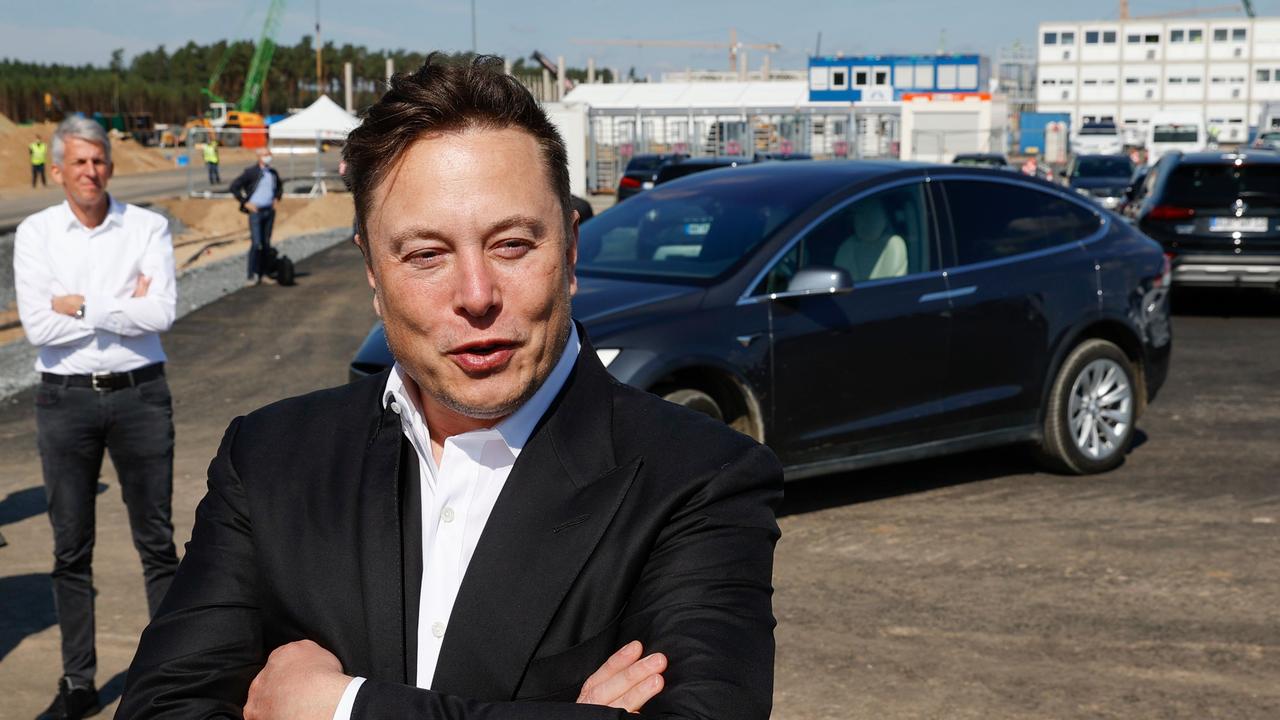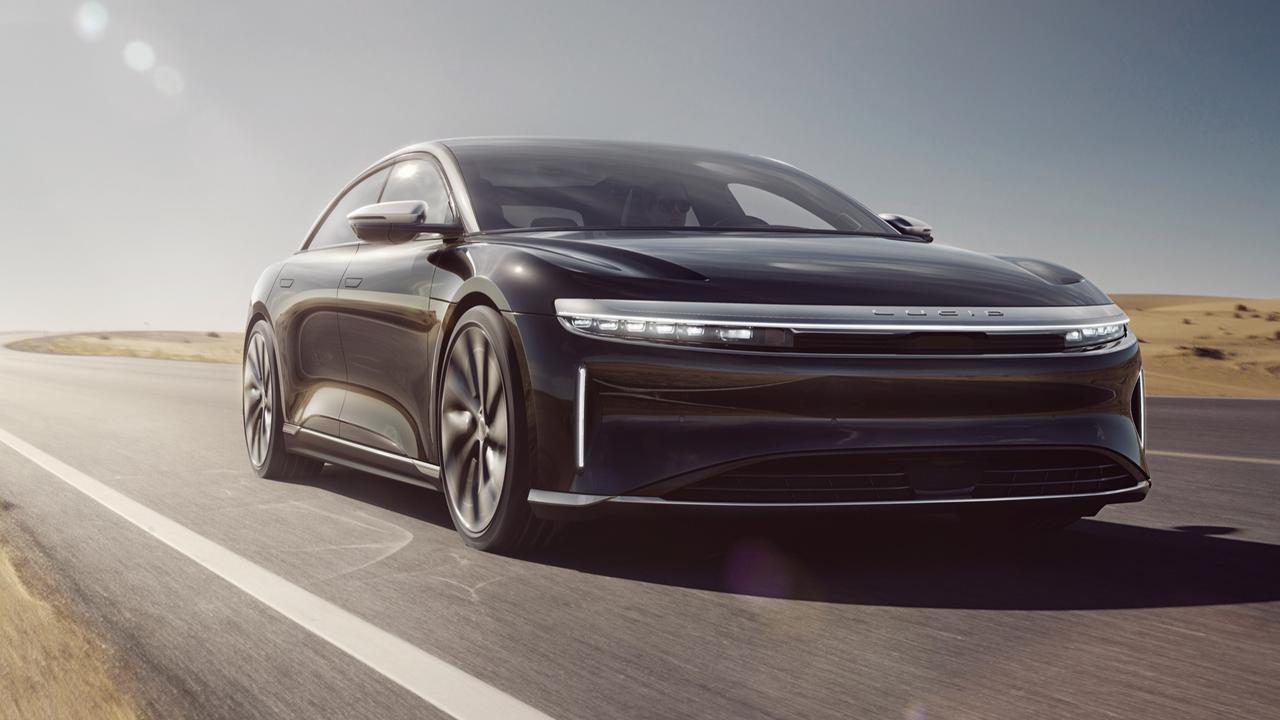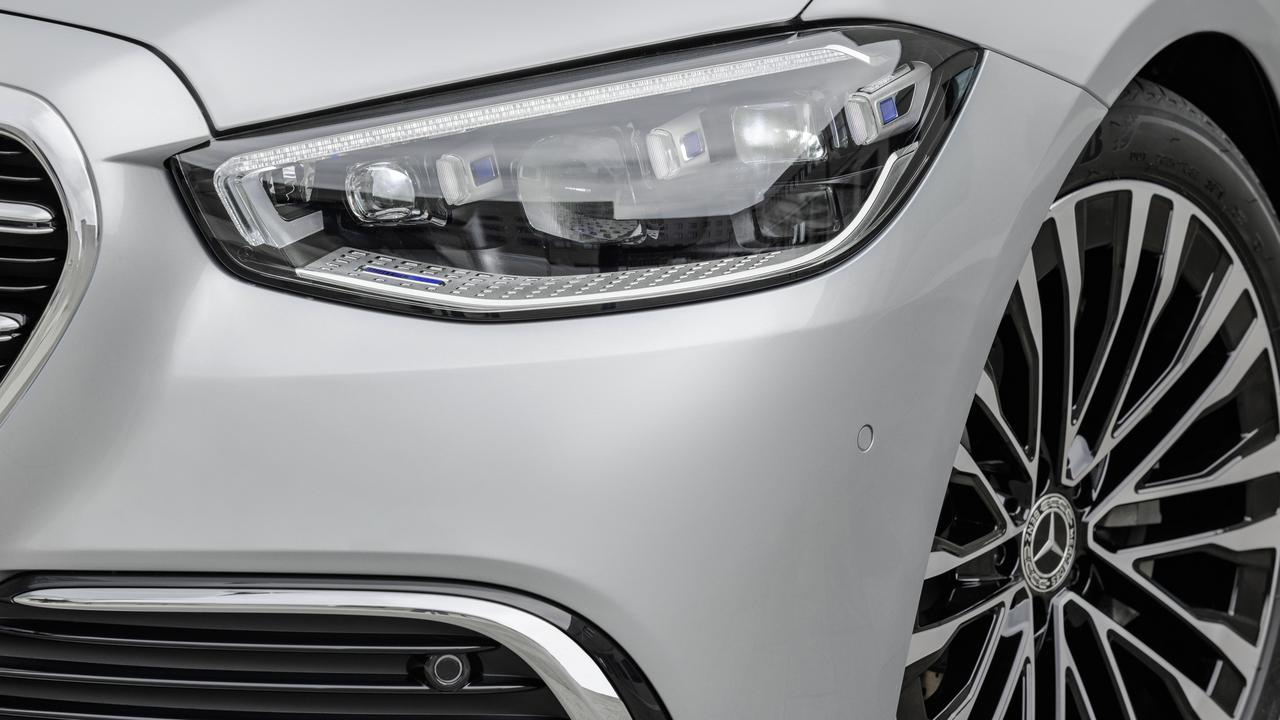Star Wars style tech coming to your car
Jaguar and Land Rover are developing new technology that looks like it is straight out of a sci-fi film, but the daring display might be here sooner than you think.

Futuristic Star Wars technology could soon be part of your car’s dashboard.
Jaguar and Land Rover have flagged a desire to incorporate a hologram-like three-dimensional display into future models, opening the door to new levels of in-car entertainment and better driver interaction with safety and navigation systems.
The 3D displays would allow images to appear as though they are popping out of the display or hovering in the cabin, like the famous Star Wars scene where Princess Leia left a recorded message asking for help.

Being developed in conjunction with the Centre for Advanced Photonics and Electronics (CAPE) that is based on the University of Cambridge in the UK, the technology is one of many projects being worked on between the two organisations.
Professor Daping Chu is the director of CAPE and says the technology is world leading.
“This program is at the forefront of development in the virtual reality space,” he said. “We’re looking at concepts and components which will set the scene for the connected, shared and autonomous cars of the future.”
Driverless cars offer big potential for such displays, where such technology could change the way people stay amused in a car.

Car makers have long envisioned advanced interactive displays that use external elements to enhance the experience and information offered to occupants.
“In a fully autonomous future, the 3D displays would offer users a personalised experience and allow ride-sharers to independently select their own infotainment,” the company said in announcing the technology.
Other than keeping the kids amused, the 3D technology has the ability to significantly change the way cars inform drivers of upcoming hazards or road conditions.
Using augmented reality as part of the “immersive head-up display” it would allow directions and road or traffic conditions to be displayed onto the road.
It uses head and eye tracking technology to ensure the virtual displays are being projected on precisely the right part of the road.
Despite the obvious potential for distraction, there are claims of improved safety. JLR points to unnamed German studies that can reduce reaction times by better informing the driver of what’s coming up.
JLR even suggests it could help people see through fog and rain, with the technology able to “reduce the effect of poor visibility in poor weather or light conditions”.



